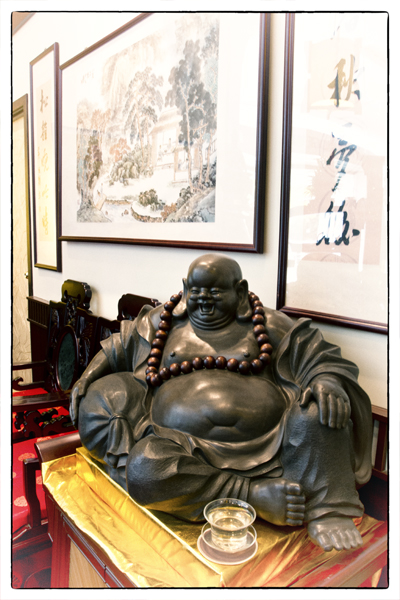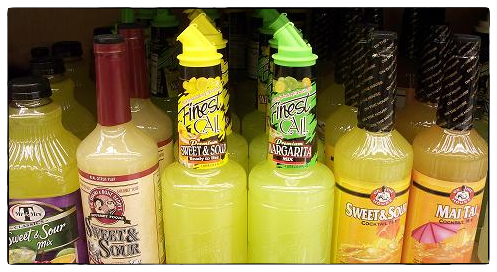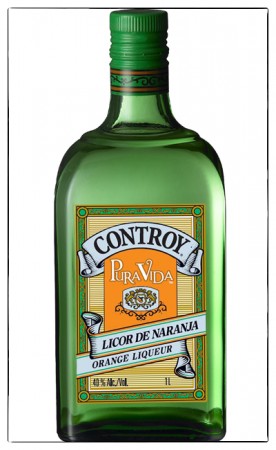I went back to Ten Fu yesterday afternoon thinking I just might buy a zisha teapot. Instead, I got sidetracked looking at a two-foot-high carving of a Laughing Buddha.
This is Budai, which means “Cloth Sack.” You see the bag tucked under the right arm of this cheerful fella? Well the story goes that Budai, who is always depicted as a fat bald man wearing a robe and prayer beads, carries his few possessions in a cloth sack. Hence the name.
He is oftentimes depicted as entertaining or being followed by children. Perhaps because they say he went around handing out penny candy to poor children.
This Budai is the best I’ve ever seen. There was just something about him that made you want to pick him up (if that was even possible) and take him home. God knows we could all use a little laughing man in our lives, don’t you think?
And I still haven’t bought my zisha teapot. Next time I find a good deal on a hotel in Richmond, I will definitely go back for my zisha teapot.






Recent Comments